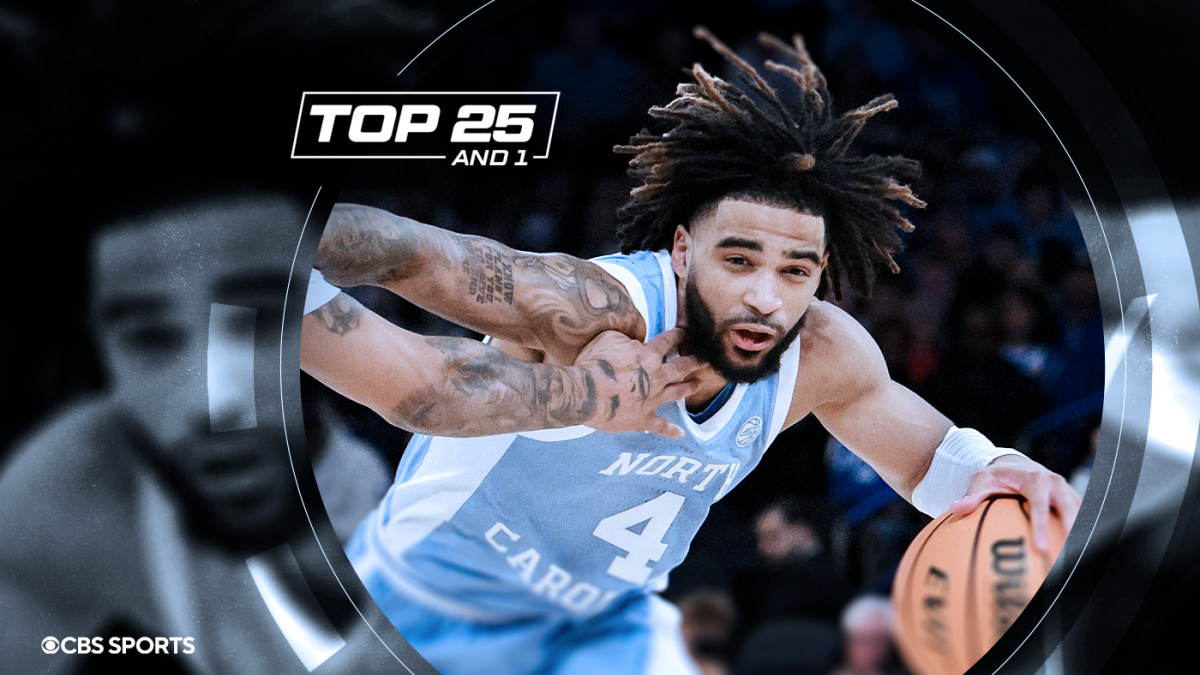World
2024 U.S. Open Slogan Calls Tennis ‘The World’s Healthiest Sport’

Jessica Pegula of the United States return sa shot against Karolina Muchova of the Czech Republic … [+]
Have you watched a healthy share of tennis action since the 2024 U.S. Open started on August 26? Well, if so, you may have noticed the slogan “The World’s Healthiest Sport” projected on the tennis courts. This, of course, refers to the sport of tennis as it wouldn’t make sense to place a reference to some other sport like basketball or cheese rolling there. This slogan is part of the big health and wellness vibe of the theme of this year’s fourth and final Grand Slam tennis tournament: “celebrating the power of tennis.” And that theme is an extension of the U.S. Tennis Association’s new give-em-health mission statement: “Growing tennis to inspire healthier people and communities everywhere.”
So is it fair to call tennis the “world’s healthiest sport?” Well, while there isn’t an official overall ranking of the health benefits of all sports, it’s not as if that “healthiest” claim is a complete swing and a miss. For example, a study published in 2018 in the Mayo Clinic Proceedings did find that among 8,577 Copenhagen, Denmark, residents, those who had regularly played tennis lived on average 9.7 years longer than those who had remained sedentary. And that nearly “tennish” years of additional life was longer than the gains seen among people who regularly played other sports such as badminton (on average 6.2 years more of life), soccer (4.7 years), cycling (3.7 years), swimming (3.4 years), jogging (3.2 years), calisthenics, (3.1 years) and health club activities (1.5 years).
These findings surely raised a racket among many sports enthusiasts. But there are a few caveats. The study did not include every sport out there. And tennis ain’t the only racket sport out there either. Plus, one study is never enough to draw a definitive conclusion. You always need multiple studies to show the same or similar result first. Additionally, the study showed a correlation or association between tennis and a longer life, which may or may not be a cause-and-effect relationship.
Frances Tiafoe of USA hits a backhand against Grigor Dimitrov of Bulgaria during a men’s singles … [+]
That being said, other scientific studies have shown a range of different potential health benefits that can come from tennis. A review article in the British Journal of Sports Medicine from 2008 identified 24 studies that had evaluated the physical fitness of tennis players and summarized the findings of these studies. In general, those who played tennis tended to have “improved aerobic fitness, a lower body fat percentage, a more favourable lipid profile, reduced risk for developing cardiovascular disease, and improved bone health,” in the words of the authors.
All of this shouldn’t be super-surprising because tennis does involve quite a lot of vigorous movement that incorporates much of your body. You can’t really say that you’ll play a tennis match and keep a part of your body like your butt completely still all the time. Not with all the running movements with your legs and swinging motions with your arms.
And these bursts of movement can continue over sustained periods of time. A given point in tennis can last from a few seconds to much, much longer. The longest point in professional tennis history clocked in at a whopping 29 minutes. That’s as long as some episodes of Ted Lasso. This back-and-forth-back-and-forth-back-and-forth-and-so-forth occurred back in 1984 during a Virginia Slims of Richmond match between Vicki Nelson-Dunbar and Jean Hepner and consisted of 643 shots.
Aryna Sabalenka of Belarus returns a shot against Emma Navarro of the United States during their … [+]
That single point was significantly longer than the shortest ever professional tennis match in the Open era when Susan Tutt shellacked Marion Boundy in 20 minutes at the Surrey Championships in 1969. The longest professional tennis match ever was an 11 hour, 5 minute first-round men’s singles match between John Isner and Nicolas Mahut at the 2010 Wimbledon Championships. Most tennis matches fall within the hour to a few hours range.
Another advantage of tennis is that it can be played across a very wide age range. You probably aren’t going to find too many seventy year olds playing tackle football. But it’s not that uncommon to find people playing tennis well into that age range and beyond. Therefore, in theory, you could garner the health benefits of tennis for a longer period of time than sports that tend to more restricted to younger folks.
Moreover, the injury risks of tennis compare pretty darn favorably to many other sports. The Aspen Institute’s Sports and Society Program compiled the Healthy Sport Index that scored and ranked each of the 10 most popular high school boys and girls sports on their safety. This was based on a weighted composite of the overall injury rates, time loss due to injury, concussion rates, numbers of injuries requiring surgery, numbers of non-fatal catastrophic injuries and illnesses and expert opinion. Tennis came out on top for both boys and girls followed by swimming and cross-country running. The injury rate for tennis was lower than that of practically all other sports with the exception of swimming.
Finally, the surge in tennis popularity in 2020 highlighted not only the fact that tennis could be played even when Covid-19 made it difficult or impossible to play many other sports but also the social benefits of tennis. You can talk and interact with your partners readily during a tennis match. That may not always be the case in other sports like boxing unless you are saying something like, “Thank you for punching me in the face.”
So, while the “world’s healthiest sport” is certainly not official, the potential health benefits of tennis are undeniable. Sure, tennis may not be the healthiest and most ideal sport for everyone. The health benefits of tennis do indeed depend on how and how often you play the sport and who you are and what you body is like. And certainly, no single sport is going to offer everything to everyone over all other sports, which is why many elite athletes grow up playing multiple sports and health experts encourage everyone to cross-train and sample different sports rather than stick with only one.
But the 2024 U.S. Open probably didn’t serve up “The World’s Healthiest Sport” label as a formal claim, an official competition against other sports or an attempt to tell everyone to just play tennis and not other sports. No, instead the intended net result was likely to extol the health benefits of tennis. And to tell everyone that even though the U.S. Open is filled with fierce competition, tennis isn’t just about the competition.










